- Home
- Articles
- Architectural Portfolio
- Architectral Presentation
- Inspirational Stories
- Architecture News
- Visualization
- BIM Industry
- Facade Design
- Parametric Design
- Career
- Landscape Architecture
- Construction
- Artificial Intelligence
- Sketching
- Design Softwares
- Diagrams
- Writing
- Architectural Tips
- Sustainability
- Courses
- Concept
- Technology
- History & Heritage
- Future of Architecture
- Guides & How-To
- Art & Culture
- Projects
- Interior Design
- Competitions
- Jobs
- Store
- Tools
- More
- Home
- Articles
- Architectural Portfolio
- Architectral Presentation
- Inspirational Stories
- Architecture News
- Visualization
- BIM Industry
- Facade Design
- Parametric Design
- Career
- Landscape Architecture
- Construction
- Artificial Intelligence
- Sketching
- Design Softwares
- Diagrams
- Writing
- Architectural Tips
- Sustainability
- Courses
- Concept
- Technology
- History & Heritage
- Future of Architecture
- Guides & How-To
- Art & Culture
- Projects
- Interior Design
- Competitions
- Jobs
- Store
- Tools
- More
Balancing Aesthetics and Function in Roof Design

Roof design carries a unique responsibility in architecture, serving both practical and stylistic purposes. A roof shields a building from harsh elements, provides insulation, and contributes to energy efficiency. At the same time, it has an undeniable influence on the overall appearance of a structure. Striking the right balance between aesthetics and function is a challenge for homeowners, designers, and builders alike. Every choice, from the slope of the roof to the type of materials selected, affects both performance and curb appeal. Understanding this balance is essential for creating a design that not only works well under environmental pressures but also reflects the personality and character of the home.
Table of Contents
ToggleThe Role of Professionals in Roof Planning
Designing a roof that meets both practical needs and visual preferences requires more than a simple glance at design magazines or material catalogs. Guidance from experienced builders is invaluable, since they have the expertise to align safety, efficiency, and style. Homeowners may admire a particular roof design without realizing that their climate, structural framework, or budget makes it unsuitable. This is where professionals provide an indispensable service, guiding homeowners toward choices that look appealing without sacrificing durability or efficiency. According to the team behind Omega Roofing, their role extends beyond installation; they help translate aspirations into reality, bridging the gap between what is desired and what is structurally sound. Engaging seasoned professionals brings peace of mind, knowing that every decision is backed by experience and technical knowledge.

Material Choices and Their Impact
The material chosen for a roof defines both its resilience and its beauty. Clay tiles offer a timeless look and are often associated with Mediterranean styles, while asphalt shingles provide versatility and affordability. Slate delivers a refined appearance with unmatched longevity, but it comes with weight and cost considerations. Metal roofing, once limited to industrial buildings, now appears in residential neighborhoods thanks to advancements in coatings and finishes that make it visually appealing. Each material tells a different story, reflecting regional traditions, lifestyle choices, and maintenance expectations. The selection process should weigh not only how the roof will look upon installation but how it will age over decades of weather exposure. The choice also influences energy efficiency, as some materials reflect sunlight effectively, keeping interiors cooler.
Shapes, Slopes, and Visual Balance
The shape and slope of a roof affect more than drainage and snow shedding; they play a significant role in defining a home’s architectural character. A steeply pitched roof conveys grandeur, making smaller homes appear taller and more elegant. Low-sloped or flat roofs evoke modernity, offering space for rooftop gardens or solar panels, while gabled roofs remain timeless with their symmetrical appeal. Proportions must be carefully considered so that the roof does not overwhelm the structure beneath it or appear out of place within its surroundings. Visual harmony comes from aligning slope and shape with both the environment and the architectural style of the building. A thoughtfully designed roof creates a natural flow between function and beauty, guiding the eye without calling undue attention to itself.
Integrating Technology into Roof Design
Modern roof design extends beyond traditional craftsmanship, drawing on technology to improve performance and sustainability. Energy-efficient shingles, reflective coatings, and solar panels are changing how roofs contribute to a home’s utility bills and carbon footprint. Innovative ventilation systems regulate indoor temperatures by allowing airflow beneath the roof, which not only protects against heat buildup but also prolongs material life. Smart roof systems with built-in sensors monitor conditions in real time, alerting homeowners to leaks, ice dams, or structural stress before problems escalate. These advancements showcase how function and beauty can coexist, as technology often comes with design options that allow integration without disrupting architectural harmony. A roof can now be both visually pleasing and technologically advanced, reflecting a commitment to comfort and sustainability.

Regional Influences on Roof Aesthetics and Performance
Different climates impose unique demands on roofs, shaping both material selection and design. In snowy regions, steep slopes prevent accumulation, reducing the risk of collapse. In hot and sunny environments, reflective materials keep interiors cooler, reducing reliance on air conditioning. Coastal areas require materials resistant to salt and moisture to withstand corrosive conditions. These functional requirements inevitably influence the visual character of regional architecture. For example, terracotta tiles remain common in Mediterranean regions not only for their beauty but also for their ability to regulate heat. In this way, the climate becomes an invisible hand that guides both performance and style, merging practical demands with cultural traditions. Homeowners who understand these connections can select a roof design that harmonizes with its environment and remains reliable for decades.
Roof design is a discipline where beauty and practicality meet. A carefully considered roof shelters, insulates, and adapts to the climate, while also shaping the visual identity of a building. The result is a roof that not only stands strong against environmental challenges but also enriches the character of the home for generations.
illustrarch is your daily dose of architecture. Leading community designed for all lovers of illustration and #drawing.
Submit your architectural projects
Follow these steps for submission your project. Submission FormLatest Posts
Best Practices for Roof Inspections and Maintenance
On most projects, the roof spends decades out of sight while carrying...
Sunny Days, Secure Roof: Simple Steps to Shield Your Home
Your home is more than just a place to live—it’s a sanctuary....
Simple and Stylish Roof Ideas for Homeowners
When designing your home, don’t overlook the roof. It’s essential for both...
Key Qualities to Look For in a Residential Roofing Contractor
Choosing a residential roofing contractor involves careful consideration. The roof is a...




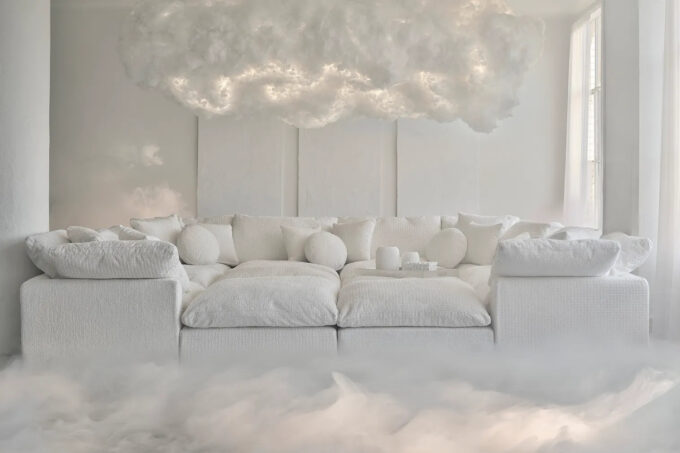

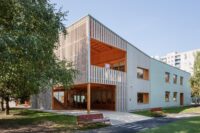

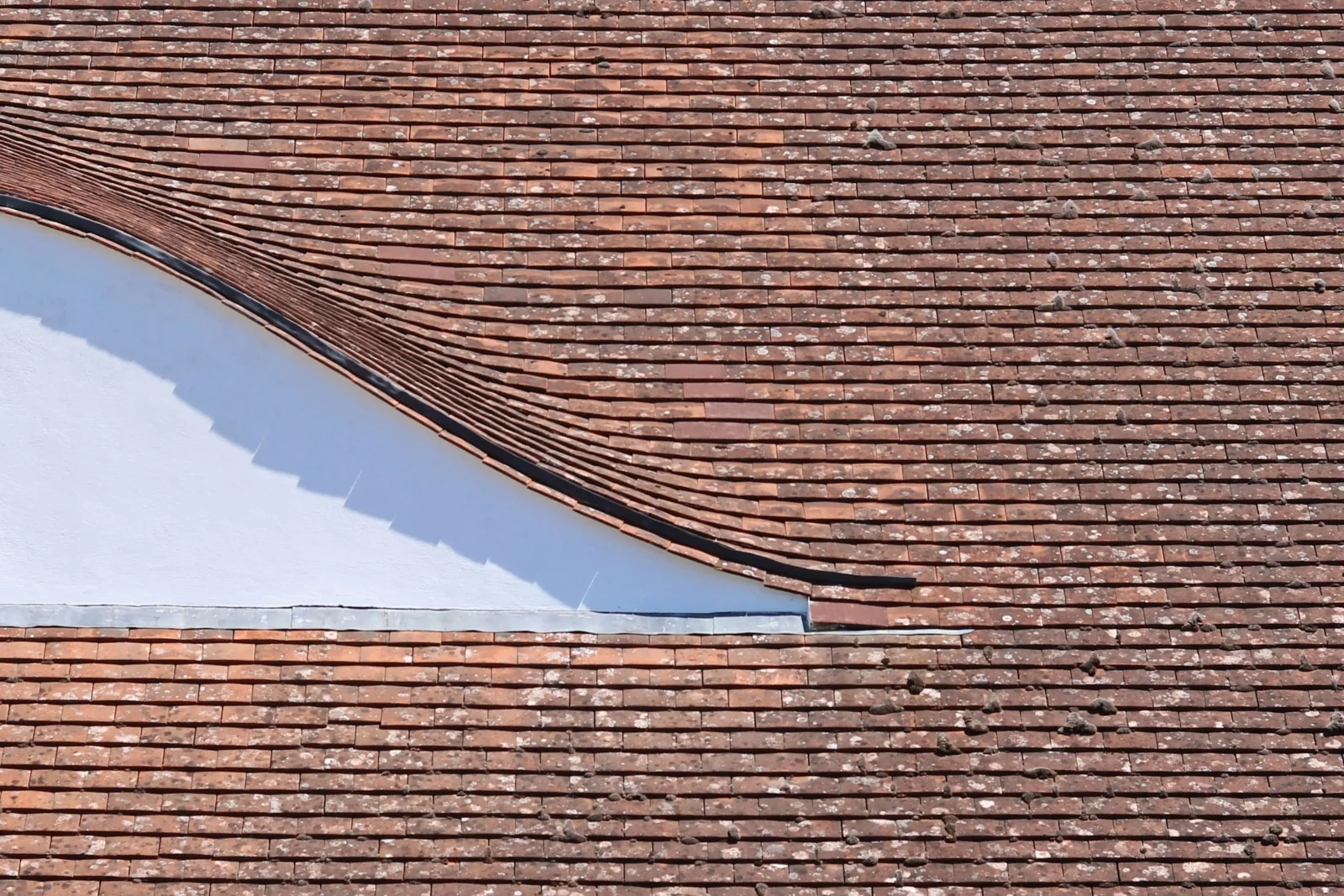
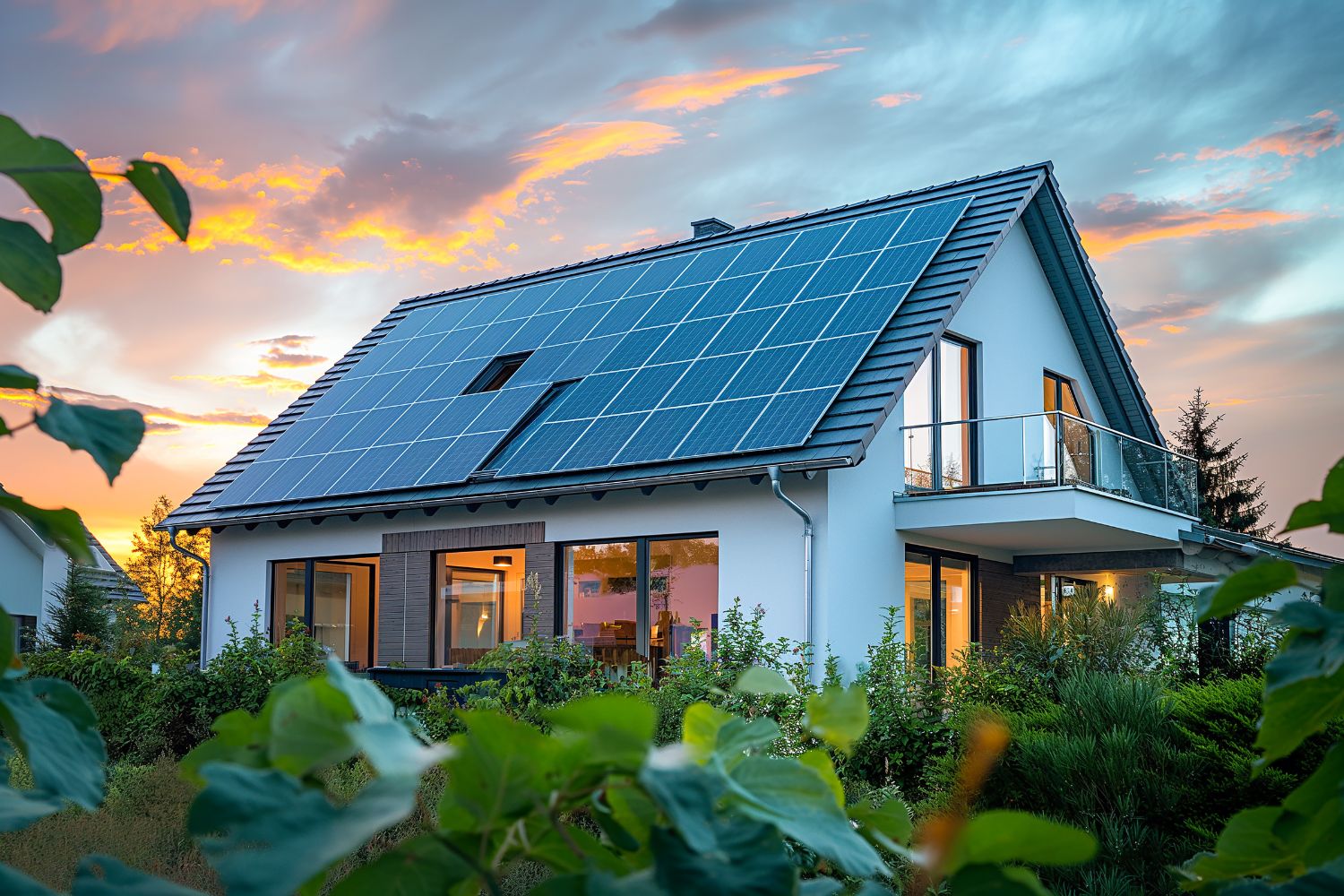
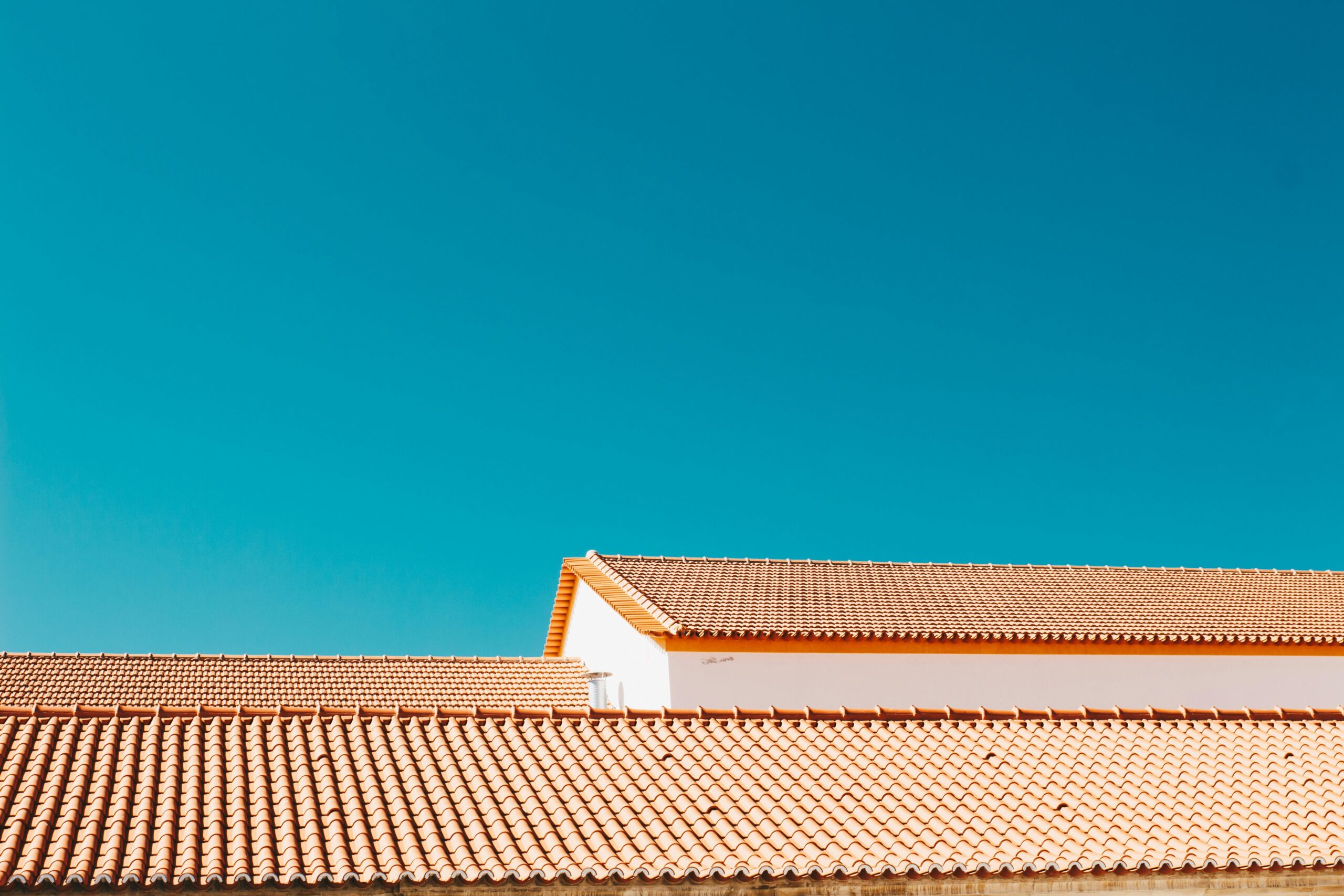

Leave a comment